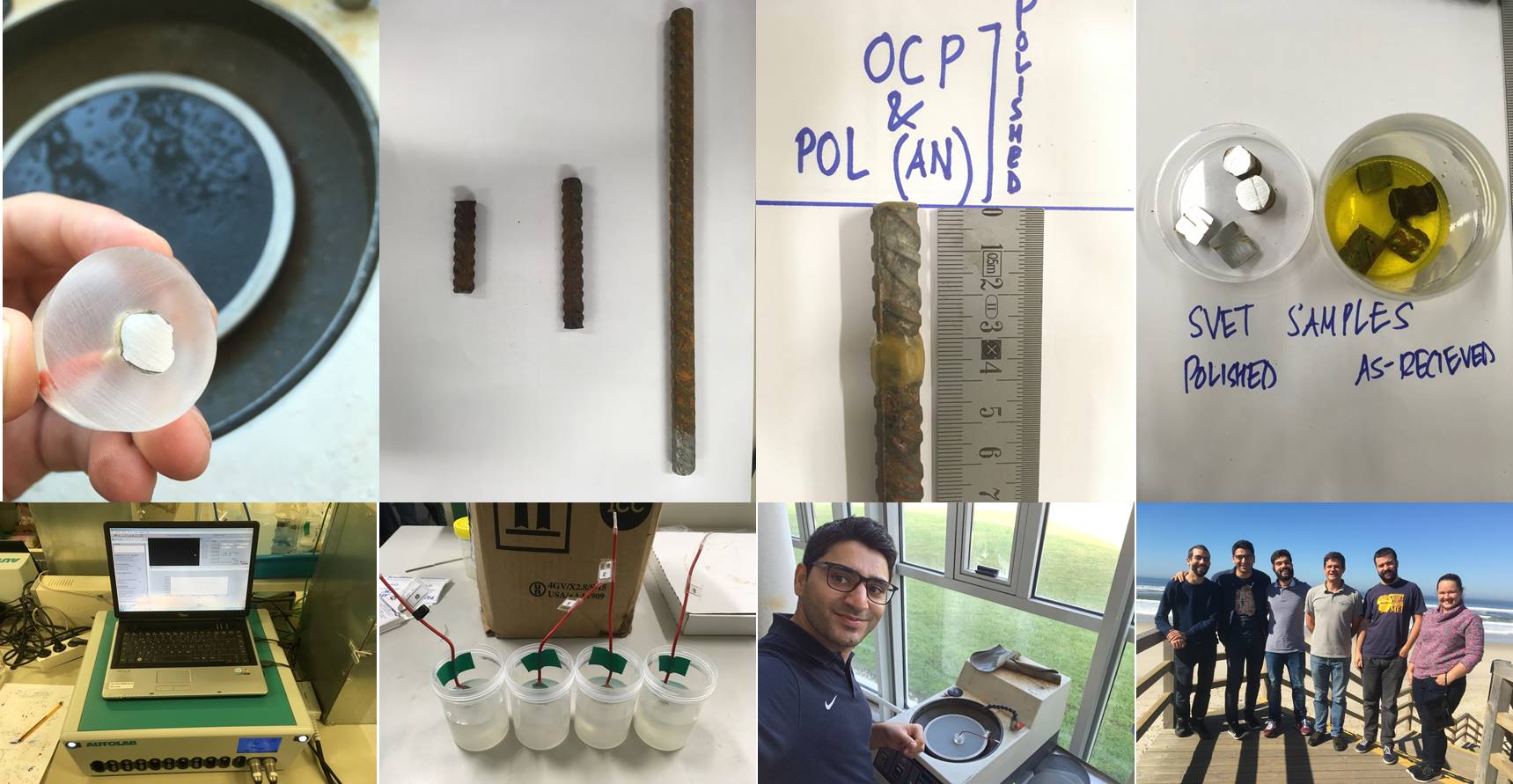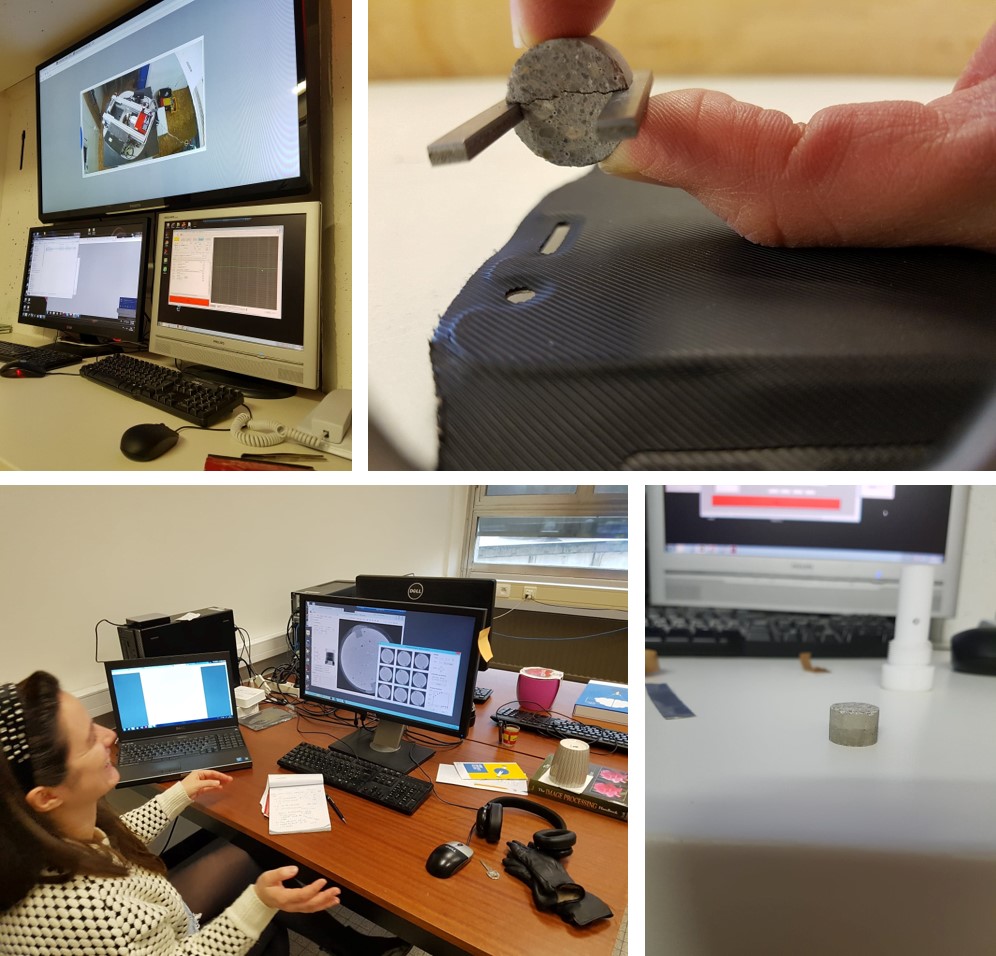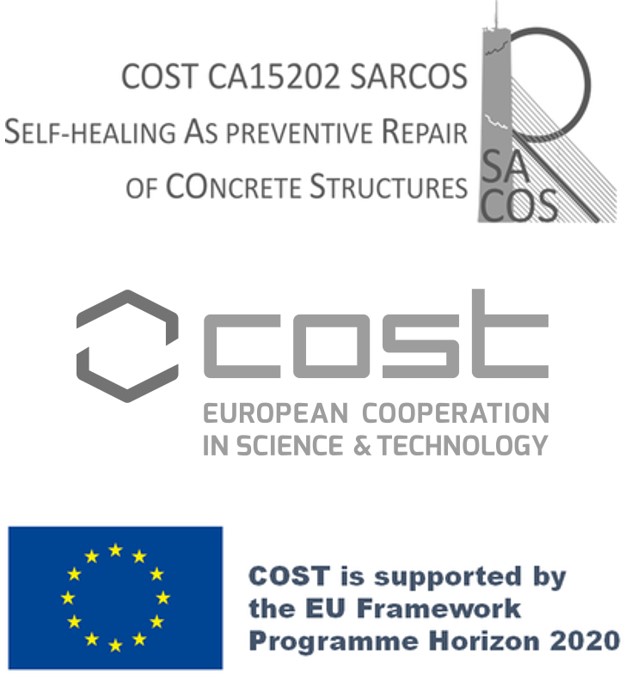Awarded STSMs
| CALL 5.0
Applicant: Zahid Mohammad Mir, Helmholtz-Zentrum Geesthacht, Geesthacht (DE)
STSM Topic: Application for an exchange grant to visit Electrochemistry Department at University of Aveiro
Host: Dr. Antonio Alexandre Da Cunha Bastos, University of Aveiro, Aveiro (PT)
Period: 15/10/2017 to 28/10/2017
Work Plan Summary:
The material under focus is a high performance, self-compacting concrete with additional ingredients for corrosion inhibition. This concrete is foreseen to be designed for sustaining extreme service life conditions. In my research program, the entire experimental work is scheduled to be conducted at University of Aveiro (Portugal). The work flow consists of importing electrochemical results from Aveiro and using them in our model at Helmholtz Zentrum. Therefore, I consider this mobility call as a great opportunity to make a scientific exchange with University of Aveiro to enhance my knowledge of electrochemical testing on concrete. Presently my experience with electrochemical testing is limited and as such, I believe that this opportunity will give a boost to my skills and shape my present research work. Not only will I get a change to conduct experiments with state of the art equipment, but also monitor and understand the technologies and innovation behind on-going experiments. This window of exchange will also give me a change to directly interact with experimental experts at Aveiro as well as gain a good insight into the cultural life of Portugal which has interested me always. Following activities are planned
- Understanding and monitoring of on-going electrochemical experiments on self-compacting concrete
- Attempt to obtain data for modelling corrosion processes at a micro-scale level.
This includes obtaining as many as starting input parameters for modelling as possible. To list a few, migration behaviour of ions in concrete, mill-scale defects, passive currents as a function of chloride threshold(Cl-/OH-) and pH at steel-concrete interface are foreseen as probable investigating areas for my research. Steps to obtain data in these directions will be a vital part of this exchange and I believe it is very important for my future research activities of the Doctoral thesis. - Get an insight into chloride entrapping additives. - Investigate defects on steel surface as a probable site of corrosion initiation at microscale. - Familiarise with latest electrochemical equipment. - Interact with experimental experts in University of Aveiro. - Gain an insight into the cultural life of Portugal. Beyond scientific work, I believe this exchange should also enrich me culturally. - Prepare results and a short report summarizing the above activities. Imaging techniques together with state-of-the-art electrochemical techniques at University of Aveiro will be used to
achieve the above objectives. Extensive discussion with Dr. Bastos (host supervisor) and his students on exploring corrosion of concrete at a micro-scale level will be very vital for my research and to shape the above listed activities.
A mutual focus will be aimed at and efforts will be made in that direction. I plan to work together with Dr. Bastos in achieving the listed objectives as much as possible. The above-mentioned activities will be greatly beneficial in improving my understanding of the electrochemical processes inside concrete at microscale. This will in turn greatly improve the quality of my present research work and encourage me to explore more research areas and opportunities. Further, this exchange will also give me a change to get an insight into the cultural and day-to-day life of Portugal. Therefore, I request the SARCOS-COST Action committee to provide me a mobility grant to visit University of Aveiro for a short duration of 2 weeks.
Applicant: Dr Estefanía Cuenca Asensio, Politecnico di Milano, Milan (IT)
STSM Topic: Autogenous self-healing capacity of Ultra-High Performance Fiber-Reinforced
Host: Pedro Serna Ros, Universitat Politecnica de Valencia, Valencia (ES)
Period: 30/10/2017 to 29/12/2017
Work Plan Summary:
This STSM has aimed at improving knowledge and understanding of the autogenous self-healing capacity on Ultra-High Performance Concretes (UHPC). Specifically, the objectives of the proposed research were summarized as follows:
•To evaluate the combined effect of Ultra-High Performance Fiber-Reinforced Concrete (UHPFRC) and autogenous self-healing capacity on the tensile and flexural behavior of concrete, i.e. crack repairing and recovery load-bearing capacity and on durability.
•To quantify the effect of different exposure conditions and different values of initial precrack widths on the self-healing effectiveness.
•To analyze the self-healing efficiency on mechanical behavior, specifically flexural behavior and tensile behavior.
After analyzing the results, it is expected that the research project will have a strong impact both from a purely scientific as well as from a practical standpoint. From the scientific point of view, a research journal paper will be published. At the same time, the internationalization of this research will be crucial, for that it will be actively pursued the future collaboration between the host and home institution. From a practical point of view, the spread of these techniques and technologies may lead to a new concept of durability of reinforced concrete structures, both in new construction and repair of existing structures.
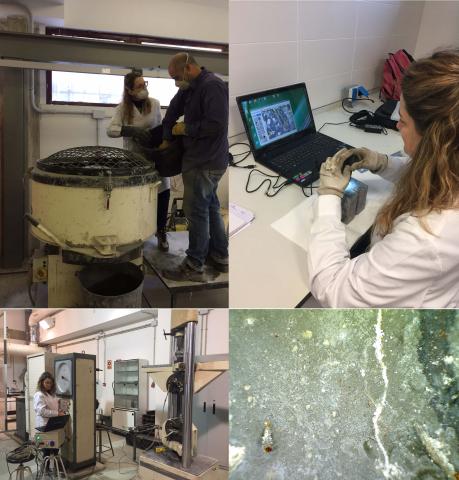
Applicant: Cristina De Nardi, University IUAV of Venice, Venezia (IT)
STSM Topic: SARCOS
Host: Anthony Jefferson, Cardiff University, Cardiff (UK)
Period: 12/11/2017 to 21/12/2017
Work Plan Summary:
The main propose of this work was to improve the existing self- healing micro-mechanical model to allow
the full test cycle to be simulated. The aim is to be able to represent the characteristic mechanical
response of autogenous healing of lime mortars. The work was split into two work packages.
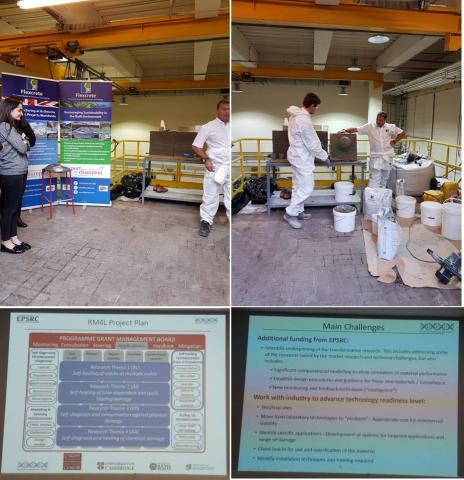
Applicant: Claudia Romero Rodriguez, Delft University of Technology, Delft (NL)
STSM Topic: Validation of numerical model of water transport in cracked cement-based materials under unsaturated conditions through X-Ray Attenuation Contrast Micro Tomography
Host: Veerle Cnudde, Ghent University, Ghent (BE)
Period: 01/02/2018 to 22/03/2018
Work Plan Summary:
The main aim of the STSM was to obtain X-Ray micro tomography’s of time-resolved 3D moisture profiles during permeation test on sound and cracked mortar for validation of the 3D water transport model created by the applicant. In particular, the experimental results alone will provide useful insights about the influence of porosity, crack width and SAPs on water transport in cement-based materials. In practice, the STSM is aimed to make use of the cutting-edge Environmental Micro-CT (EMCT) scan, expertise and data reconstruction software’s at the Host Institution.
